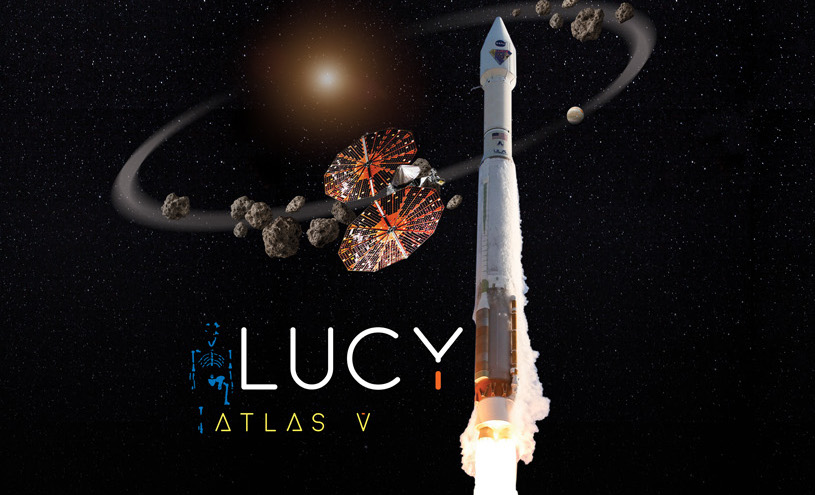16 October 2021 | TITN Team
January 10, 2026
Just in
 Cricketer Shikhar Dhawan announces Retirement from cricket
Cricketer Shikhar Dhawan announces Retirement from cricket
 Ronak Dahiya won bronze in the U-17 Wrestling Championship Greco-Roman category
Ronak Dahiya won bronze in the U-17 Wrestling Championship Greco-Roman category
 Raksha Mantri Rajnath Singh will commence his four-day US tour on August 23rd
Raksha Mantri Rajnath Singh will commence his four-day US tour on August 23rd
 Aman Sehrawat Clinches historic Bronze in men’s 57kg wrestling at Paris 2024 Olympics
Aman Sehrawat Clinches historic Bronze in men’s 57kg wrestling at Paris 2024 Olympics
 Neeraj Chopra Clinches Silver in Javelin at Paris 2024 Olympics
Neeraj Chopra Clinches Silver in Javelin at Paris 2024 Olympics






More Stories
Former Fijian Prime Minister Bainimarama was sentenced to one year in jail
Sri Lanka agrees to acquire power from Adani Green
Benjamin Netanyahu declares a ban on Al Jazeera in Israel